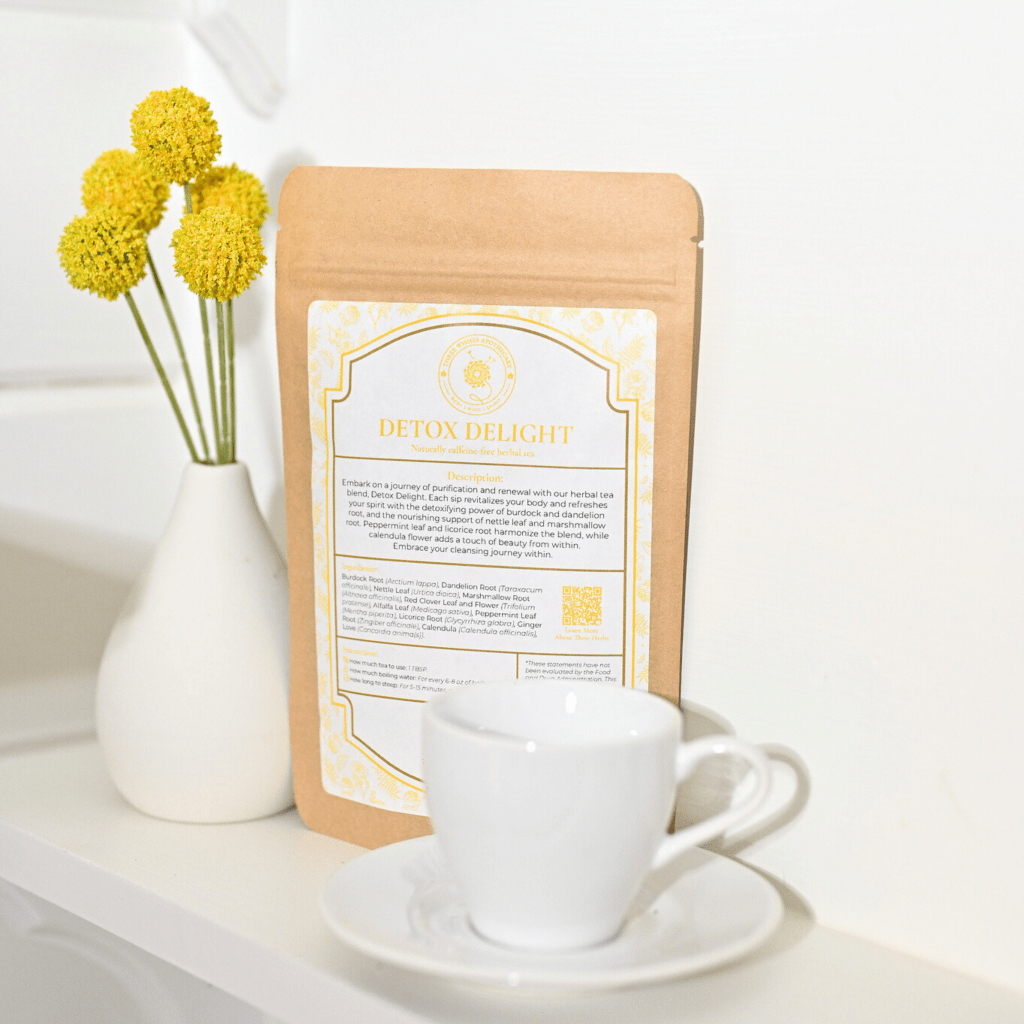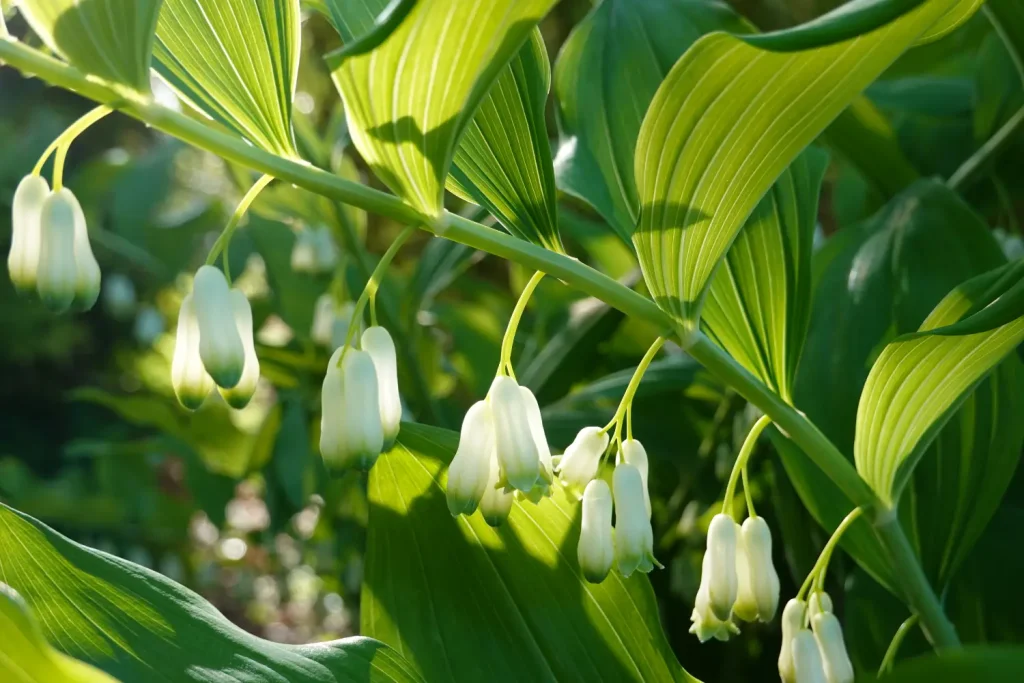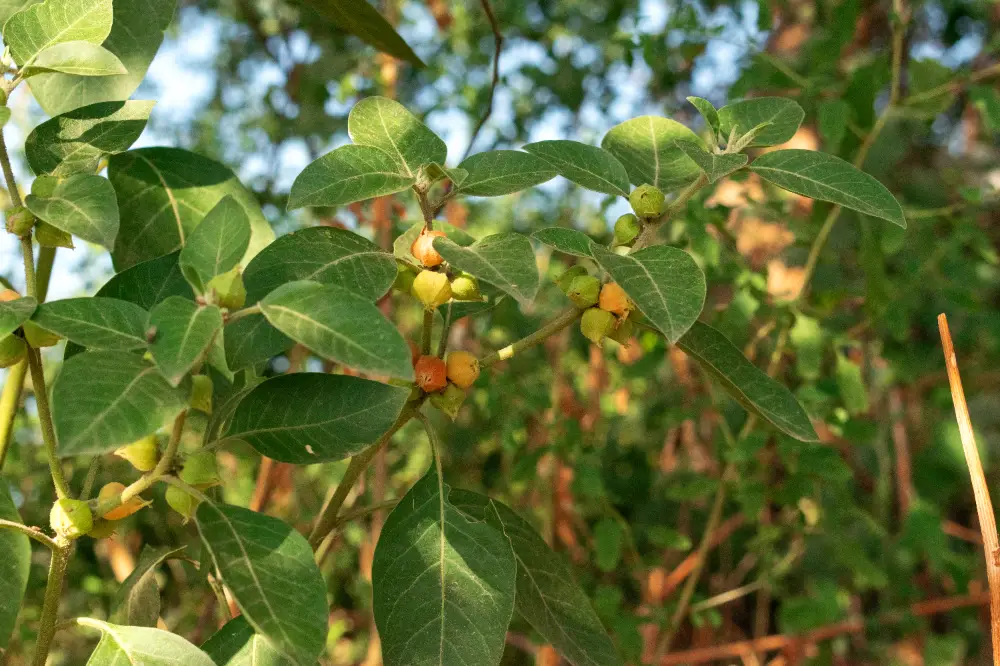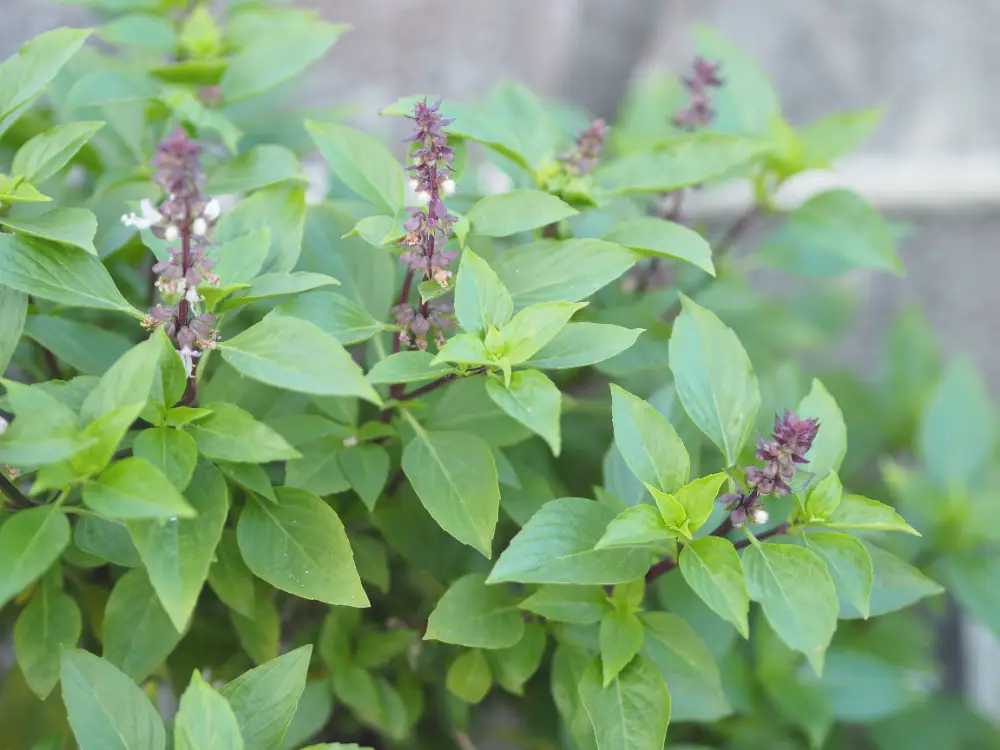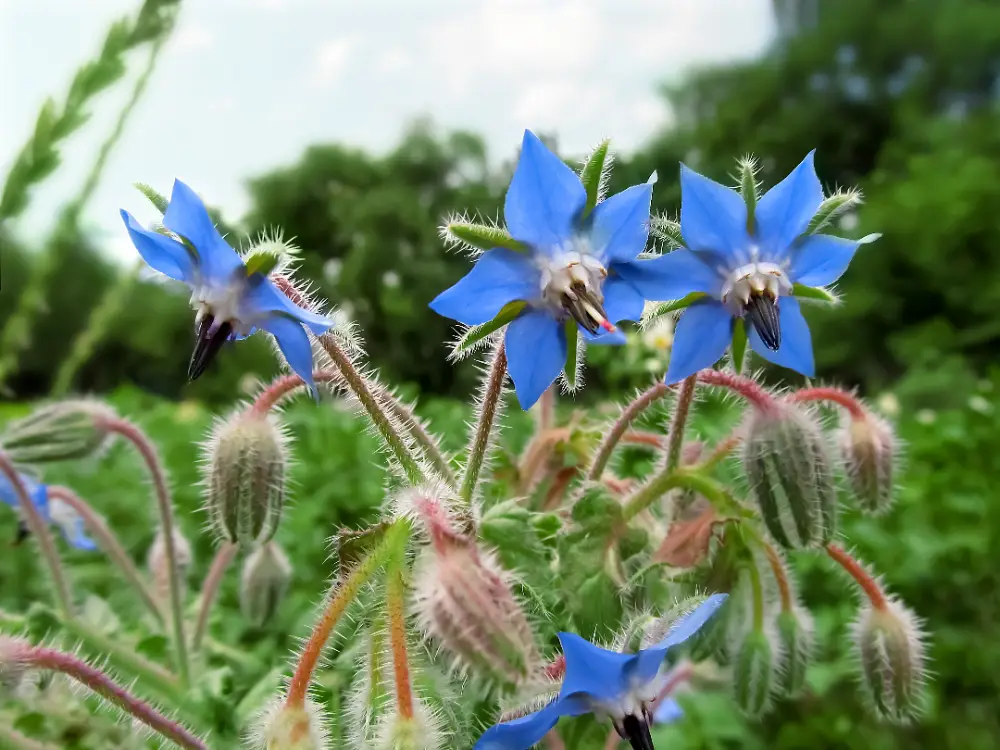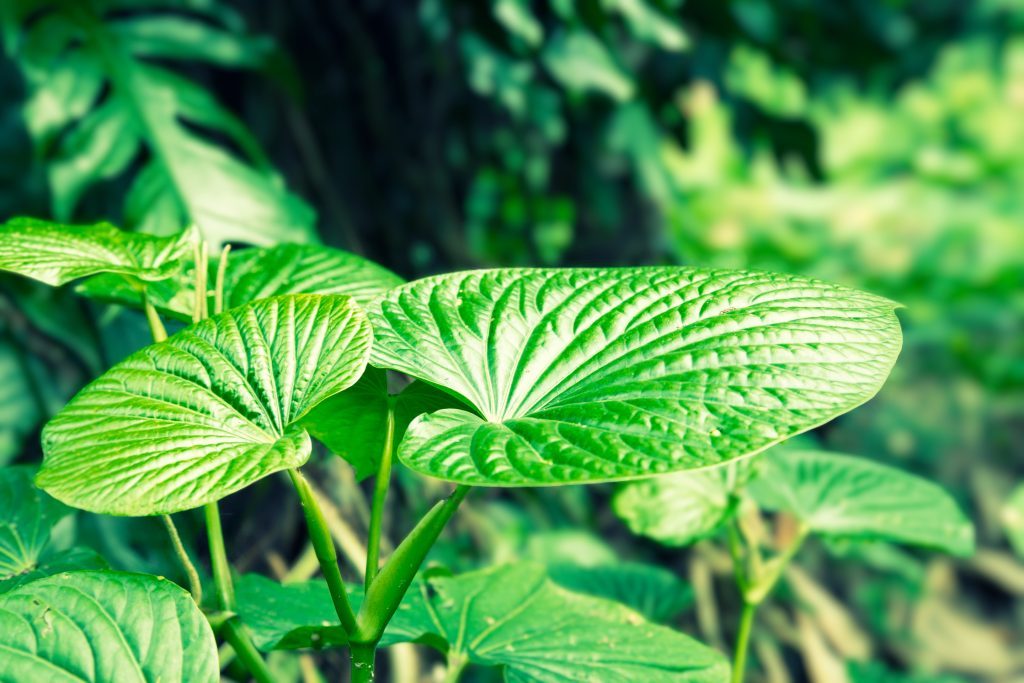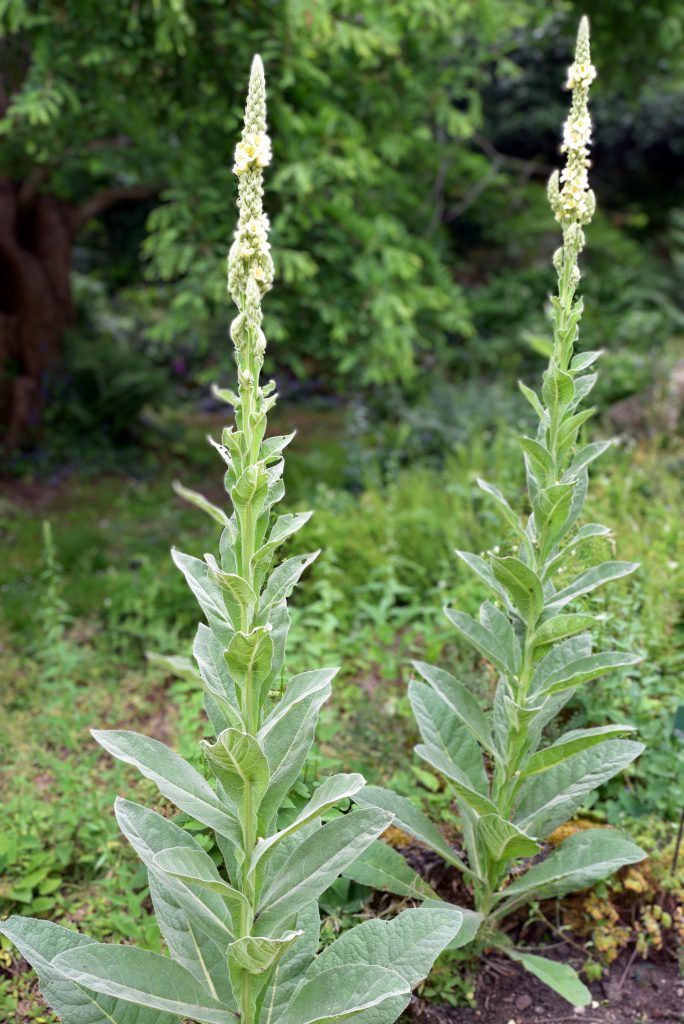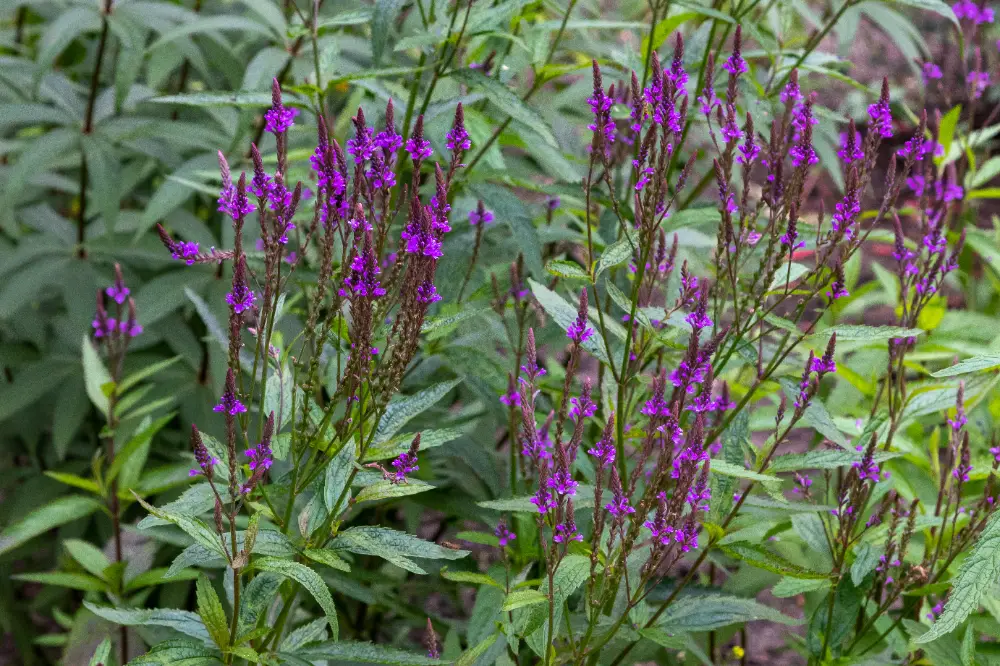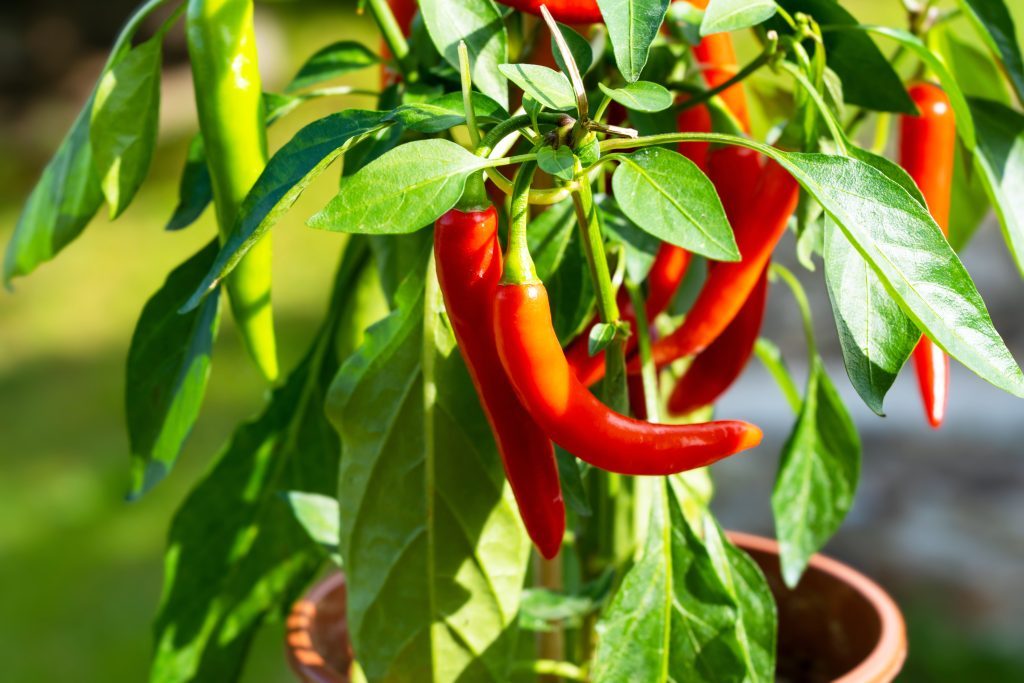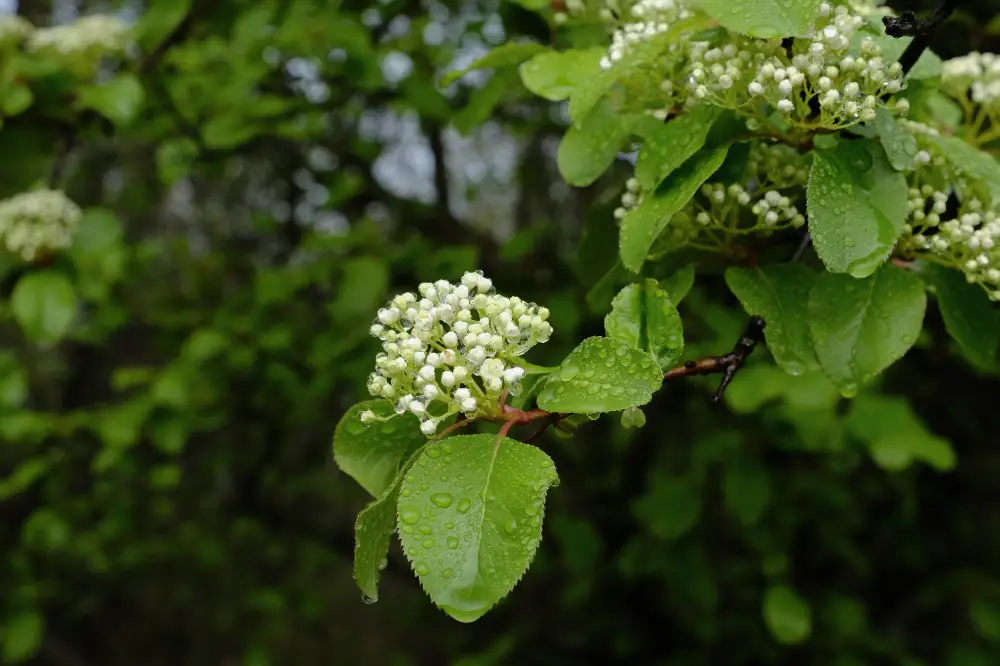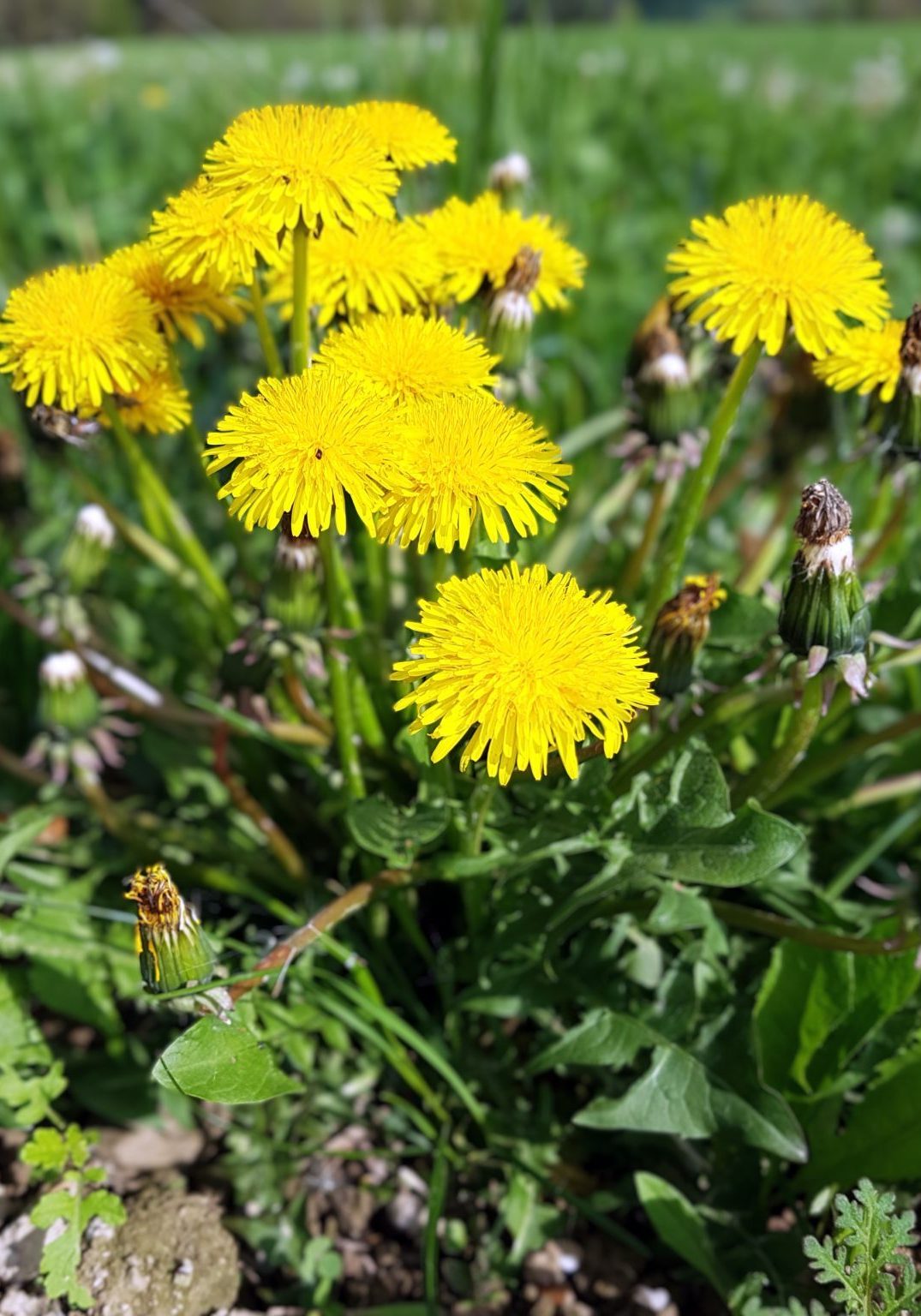
Dandelion
Taraxacum officinalis
Asteraceae (Sunflower/Daisy Family)
Traditionally used to support liver health, dandelion is also renowned for its detoxifying, diuretic, and digestive benefits.
Other names:
Dandelion, Lion’s Tooth syn. Diente de León, Blowball, Cankerwort, Irish Daisy, Priest’s Crown
Superpower
Taraxacum officinale’s superpower is its remarkable ability to detoxify and rejuvenate the body, acting as a liver cleanser, digestive tonic, and diuretic, while offering high levels of nutrients like vitamin A, C, and K.
Uses
Traditional Uses:
In traditional European herbalism, dandelion has long been revered as a liver tonic and digestive aid, with the root being used to stimulate bile production and support the liver in detoxification. The leaves were traditionally used as a diuretic to reduce fluid retention and support kidney function. Indigenous peoples in North America also utilized dandelion to address digestive issues, skin conditions, and general detoxification.
Current Uses:
Today, dandelion is commonly used in herbal medicine to:
- Support liver health and detoxification
- Improve digestion by increasing bile flow
- Act as a mild diuretic, aiding in the elimination of excess fluids
- Reduce inflammation in the digestive tract
- Provide nutrients such as vitamins A, C, K, and minerals like calcium, iron, and potassium
- Support immune function and skin health due to its anti-inflammatory and antioxidant properties
Cautions
Toxicity:
Dandelion is generally regarded as safe, however, case reports of allergic reactions exist.
Contraindications:
- Allergies: Contact dermatitis from fresh dandelion lead has been reported. Avoid in known allergy to the Asteraceae family.
- Pregnancy and Lactation: Although generally safe, dandelion should be used cautiously during pregnancy and breastfeeding due to its diuretic effects.
- Caution: In weak or inflamed digestive organs, as it may cause dyspepsia, flatulence, pain, and diarrhea. Also in biliary obstruction/inflammation, gallstones, renal disorders (may increase potassium & alter electrolytes).
Interactions:
- Diuretics: Due to its diuretic effects, dandelion may interact with prescription diuretics, increasing the risk of electrolyte imbalance.
Known Chemical Constituents
Bitter Glycosides:
Taraxacin, taraxacerin
These compounds contribute to dandelion’s bitter taste and help stimulate digestion and bile flow, promoting liver and gallbladder health.
Triterpene Steroids:
Sitosterin, stigmasterin, phytosterin
These plant sterols are known for their cholesterol-lowering and anti-inflammatory effects, supporting heart health and immune modulation.
Flavonoids:
Luteolin, apigenin, quercetin
Powerful antioxidants that help reduce inflammation, protect against oxidative stress, and support immune function.
Triterpenes:
Taraxasterol, lactones
These compounds provide anti-inflammatory and immune-supporting properties, contributing to the plant’s ability to reduce swelling and inflammation.
Vitamins:
Vitamin A, Vitamin C, Vitamin K
Essential vitamins that play roles in immune support, skin health, blood clotting, and collagen production.
Minerals:
Calcium, iron, potassium, magnesium, silicon, zinc, manganese
These vital minerals contribute to bone health, electrolyte balance, and support overall bodily functions like blood formation, nervous system health, and tissue repair.
Polysaccharides:
Inulin, pectin
Inulin and pectin act as prebiotic fibers, nourishing beneficial gut bacteria and improving digestive health by supporting gut microbiota balance.
Mucilage:
Provides a soothing and demulcent effect, particularly beneficial for digestive and respiratory health, helping to calm irritation and inflammation.
Botanical Description
Growth Habit:
Taraxacum officinale is a perennial herb with a deep taproot, forming a basal rosette of toothed leaves. It can grow up to 30 cm tall and spreads primarily through its wind-dispersed seeds.
Leaves:
The leaves are long, lobed, and form a rosette close to the ground. They can be up to 25 cm long and have a distinctive serrated edge, resembling the “lion’s tooth,” which gives the plant its common name, “dandelion.”
Flowers:
Dandelion flowers are bright yellow and composite, meaning they are made up of numerous tiny flowers called florets. The flower heads are about 2-5 cm in diameter and are found singly on hollow stalks. The flowers bloom from spring to fall.
Fruit:
The plant produces spherical seed heads, often called blowballs, made up of tiny seeds attached to a parachute-like structure that aids in wind dispersal.
Roots:
The plant has a long, thick taproot, which can grow up to 30 cm deep. This root system allows dandelions to thrive in a variety of soil conditions and makes them highly resilient.
Habitat:
Dandelion grows in a wide range of environments, from gardens to roadsides, lawns, and disturbed soils. It thrives in temperate climates and is common across North America, Europe, and Asia.
Fun Facts
Dandelion seeds can travel as far as 5 miles from their original plant, making it one of the most effective seed dispersers in nature.
Parts Used
Whole Plant, Leaves, Flowers, Root
Harvest
Aerial Parts:
The leaves and flowers are best harvested in early spring, ideally before the plant has fully flowered, as this is when they are most tender and nutrient-dense. The young, fresh leaves are at their peak for culinary and medicinal use during this time. The flowers can be harvested throughout the spring and summer when they are in full bloom, typically between April and June. The best practice is to collect the aerial parts on a sunny day when they are fully dry to avoid wilting and moisture retention during storage.
Roots:
The roots are optimally harvested in late fall or early spring, when the plant has stored the most energy in its taproot. This is when the roots are at their most potent for detoxification and liver-supportive purposes. When harvested in the fall, the root’s inulin content is higher, making it more beneficial for blood sugar regulation and as a prebiotic for digestive health.
Method:
- For aerial parts, use clean scissors or shears to cut the leaves and flowers, leaving enough of the plant behind to encourage regrowth.
- For roots, carefully dig around the plant’s base to avoid breaking the taproot, then gently pull the entire plant from the soil.
Sustainability Note:
Always harvest dandelion in a sustainable manner, leaving enough behind to ensure the plant can regenerate. Dandelions are highly resilient but essential to ecosystems, providing food for pollinators and contributing to soil health.
Preparations
Infusion (Tea): Used for digestive support and liver health.
Tincture: Concentrated extract for liver and kidney detoxification.
Salves: Applied topically to soothe skin irritations.
Dandelion Coffee: Roasted dandelion root is a coffee substitute that supports digestion and liver detox.
Capsules: Dried powdered root or leaf in capsule form for general health benefits.
Fresh Juice: Extracted from fresh leaves for its nutrient content and diuretic properties.
Sacred Rituals
Blowing the seeds and making a wish is a common practice to release old energy and invite new beginnings.
Affirmations
“I welcome the power of transformation and resilience, embracing life’s challenges with strength and vitality.”
Spiritual Associations
Dandelion is often seen as a symbol of resilience, hope, and transformation, as its seeds float in the wind, symbolizing the spreading of ideas or the fulfillment of wishes… this is why the humble and mighty Taraxacum was chosen as the symbol of our Three Wishes Apothecary.
Functions
An alterative is an herb or substance that gradually and gently improves the function of the body, often by enhancing the body’s natural detoxification and elimination processes, thereby promoting overall health and vitality.
Anti-inflammatoryA substance or agent that reduces inflammation in the body, soothing irritation, swelling, or redness in tissues.
Bitter
A substance or agent, often from herbs, that has a distinctly bitter taste and stimulates digestive function, including the production of digestive enzymes, bile, and stomach acid.
CholagogueA substance or agent that promotes the release of bile from the gallbladder into the digestive tract, aiding in digestion and detoxification.
Digestive & Elimination Health
The overall well-being and optimal functioning of the digestive system, which includes the gastrointestinal tract, liver, pancreas, and other supporting organs. It encompasses the processes of breaking down food, absorbing nutrients, and eliminating waste, as well as maintaining a healthy balance of gut microbiota.
DiureticA diuretic is a substance that promotes the increased production and excretion of urine, helping the body eliminate excess fluids and salts through the kidneys.
HepaticA substance or agent that supports, protects, and enhances the function of the liver, including detoxification, bile production, and overall liver health.
Immuno-modulatorA substance or agent that helps regulate and balance the immune system, either enhancing or suppressing immune activity as needed to maintain optimal immune function.
LaxativeA substance or agent that promotes bowel movements to relieve constipation by softening stool, stimulating intestinal activity, or increasing stool bulk.
Liver HealthThe optimal functioning of the liver, which plays a critical role in detoxification, metabolism, digestion, and overall bodily health.
Skin, Hair & Nail HealthRefer to a variety of disorders or irritations affecting the skin, including rashes, dryness, inflammation, infections, or chronic issues like eczema and psoriasis.

